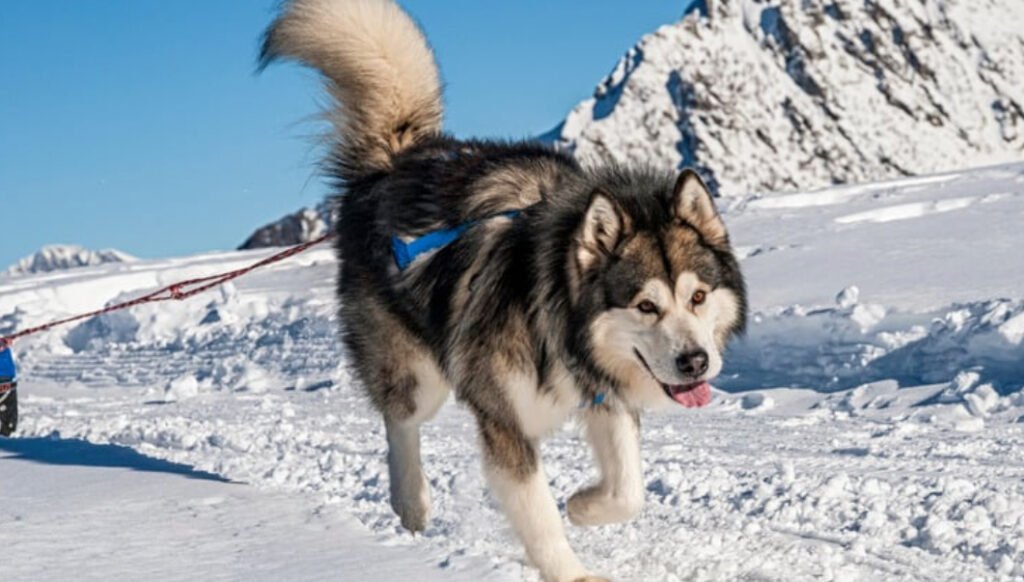
The Alaskan Malamute is a majestic, powerful dog breed known for its strength, endurance, and wolf-like appearance. Originally bred for hauling heavy freight in harsh Arctic conditions, Malamutes have evolved into loyal family companions with a gentle, friendly nature. In this comprehensive guide, we’ll cover everything from the history of the Alaskan Malamute, their temperament, puppy care tips, diet and nutrition, weight chart, and common health concerns—all optimized for dog lovers and future Malamute owners.
History of the Alaskan Malamute
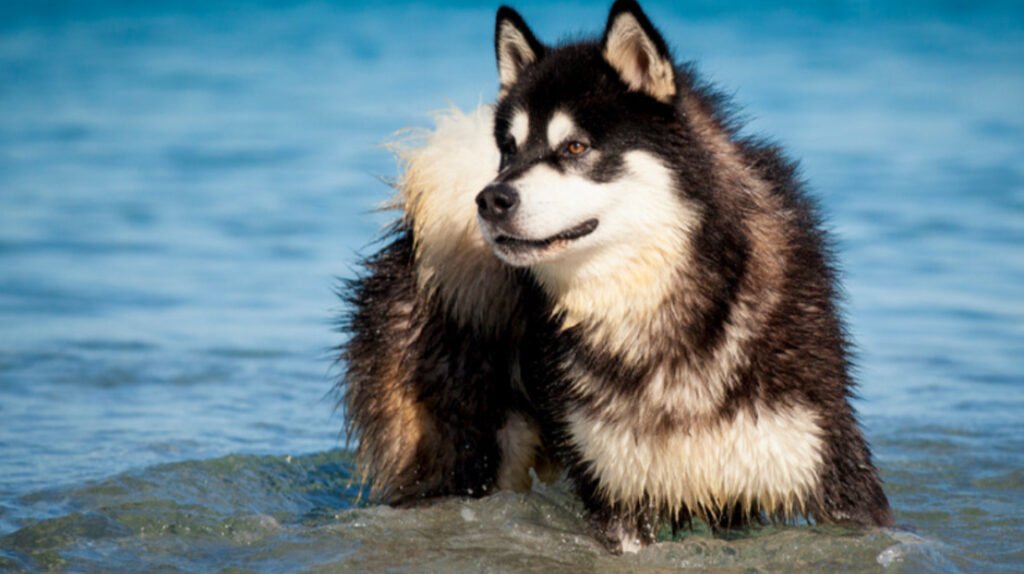
The Alaskan Malamute is one of the oldest Arctic sled dog breeds. Developed by the native Mahlemut Inuit tribe in northwestern Alaska, this breed was essential for survival. They were bred to haul heavy sleds, help with hunting seals, and even ward off polar bears.
Unlike faster racing dogs like the Siberian Husky, Malamutes were designed for strength and stamina, not speed. Their bloodline has remained relatively pure due to the isolation of their native tribes, contributing to their consistent physical and behavioral traits today.
Alaskan Malamute Temperament
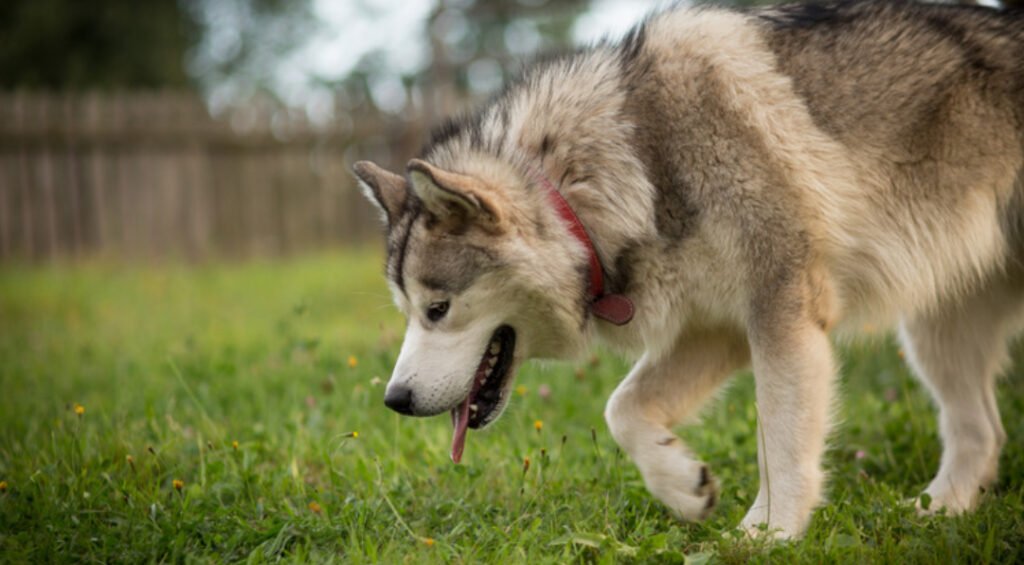
Malamutes are intelligent, loyal, and affectionate dogs, but they’re not for the faint of heart. Known for their independence and pack mentality, they require an experienced owner who can establish leadership.
Key Personality Traits:
- Friendly but not aggressive: They usually get along well with people, including children.
- High prey drive: Small animals like cats or rabbits may trigger their hunting instinct.
- Pack-oriented: They crave companionship and dislike being alone.
- Stubborn: Training requires patience and consistency.
Best for: Active families, experienced dog owners, and those with large fenced yards.
Alaskan Malamute Puppies: What to Expect
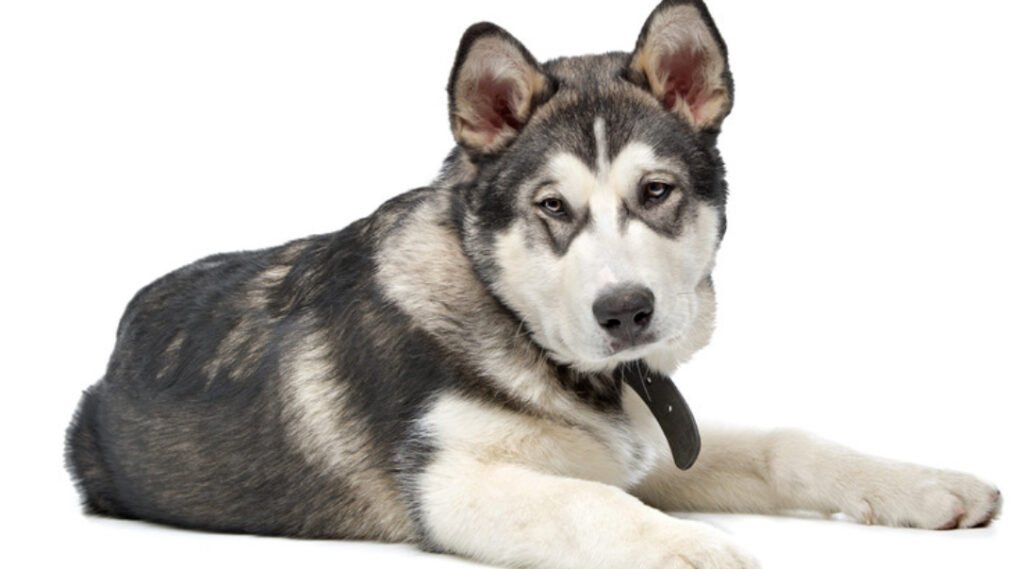
Bringing home a Malamute puppy is an exciting but demanding experience.
Puppy Traits:
- Energy Level: Extremely high
- Chewing behavior: Strong jaws and teething can lead to destructive chewing
- Socialization: Crucial between 8-16 weeks
- Training: Early obedience training is a must
Puppy Care Tips:
- Start crate training early
- Provide chew toys to satisfy their need to gnaw
- Exercise multiple times daily (but avoid over-exercising joints before 1 year old)
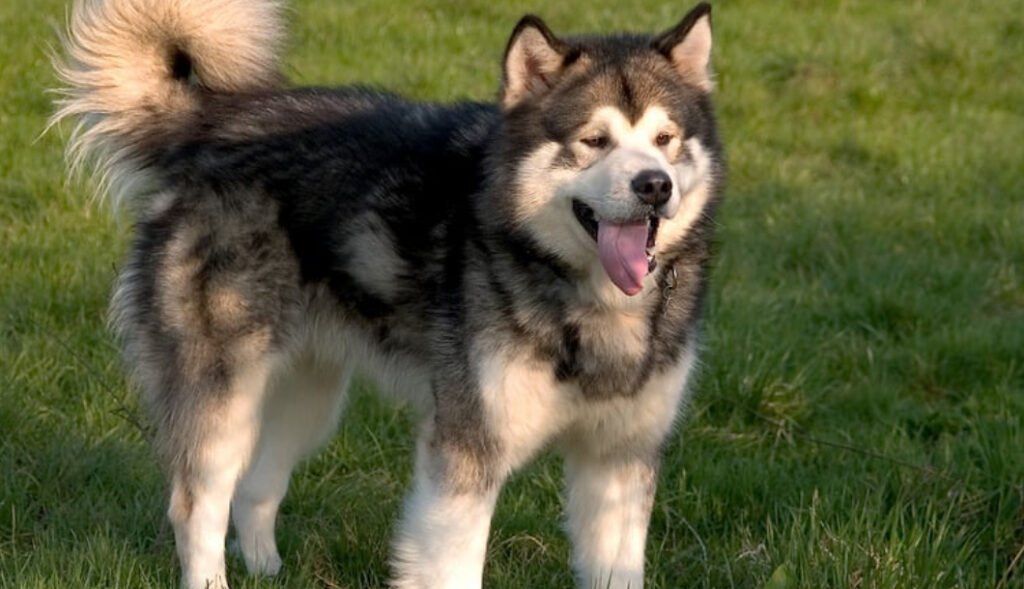
Alaskan Malamute Diet & Nutrition
- Real turkey is the number 1 ingredient in this dog food with venison to help deliver 30 percent protein that helps suppo…
- Natural dog food with added vitamins, minerals and nutrients and with no poultry by-product meal or artificial flavors o…
- High protein dog food with 100 percent nutrition for adult dogs, 0 percent fillers. Every ingredient has a purpose
- High-Protein Whole Prey Formula: Made with grass-fed New Zealand lamb and beef, this recipe delivers 40% protein content…
- Nutrient-Dense Ingredients for Immunity & Wellness: Enriched with organ meats, green-lipped mussels, manuka honey, and k…
- Grain-Free & Allergy-Friendly: This recipe is free from grains, gluten, fillers, or artificial additives, making it idea…
- Contains one (1) 24-pound bag of Nature’s Recipe grain free dry dog food
- Natural dog food with added vitamins, minerals and nutrients for maintenance of adult dogs
- Real chicken is the number one ingredient
- USDA Certified Organic, Non-GMO Verified.
- Main ingredient is organic chicken! No wheat, corn, or soy!
- The perfect bite sized training treats made in small batches for freshness, quality, and safety!
Proper nutrition is essential to support their muscular build and high energy levels.
Key Nutritional Needs:
- Protein-rich diet (25-30%) for muscle support
- Healthy fats for energy and coat health
- Joint-supporting supplements like glucosamine and chondroitin
- Omega-3 fatty acids to reduce inflammation
Recommended Foods:
- High-quality kibble (grain-free or with whole grains)
- Raw or fresh diets (consult your vet)
- Avoid overfeeding—Malamutes can gain weight easily if not exercised
Alaskan Malamute Weight Chart

Here’s a general guideline to track healthy growth:
| Age | Male Weight (lbs) | Female Weight (lbs) |
|---|---|---|
| 2 Months | 15 – 25 | 10 – 20 |
| 4 Months | 30 – 40 | 25 – 35 |
| 6 Months | 50 – 60 | 40 – 50 |
| 1 Year | 70 – 85 | 60 – 75 |
| Adult (2+ Years) | 85 – 100 | 70 – 85 |
Note: Individual dogs may vary slightly based on genetics and diet.
Common Health Issues in Alaskan Malamutes
While generally healthy, Malamutes are prone to some breed-specific health problems:
- Hip Dysplasia
- Common in large breeds. Ensure joint supplements and avoid over-exercising puppies.
- Hypothyroidism
- Causes weight gain and lethargy. Managed with medication.
- Chondrodysplasia (Dwarfism)
- Genetic disorder. Ask for genetic testing if buying from a breeder.
- Cataracts & Progressive Retinal Atrophy (PRA)
- Can lead to blindness. Annual eye exams help early detection.
- Zinc Deficiency
- Can cause skin issues. Supplementation may be required under vet supervision.
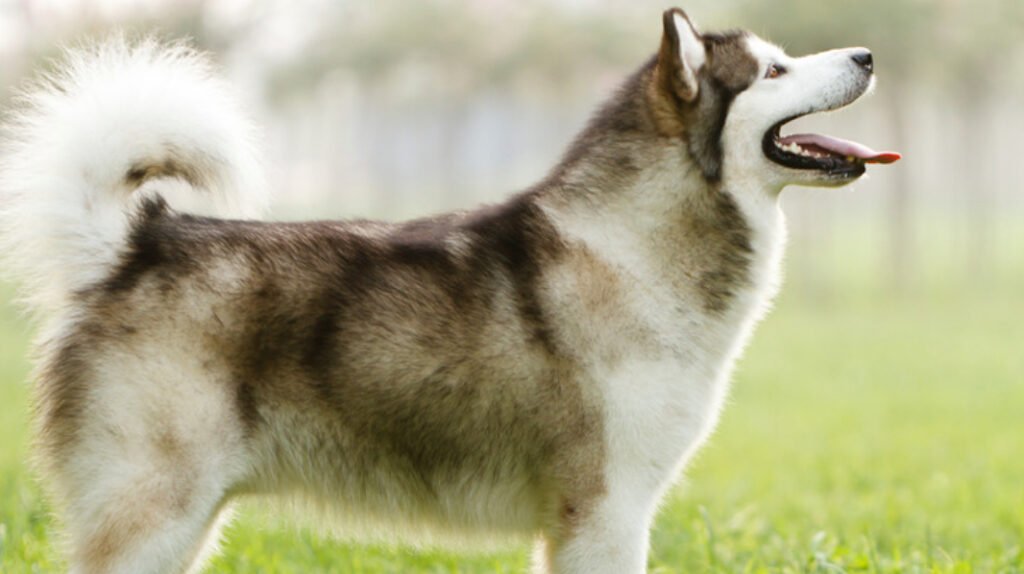
Basic Information Summary
| Trait | Details |
|---|---|
| Breed Group | Working |
| Height | 23–25 inches (female), 25–28 inches (male) |
| Weight | 70–100 lbs |
| Life Span | 10–14 years |
| Exercise Needs | High (2+ hours per day) |
| Grooming Needs | Moderate to High (double coat) |
| Shedding | Heavy (especially seasonally) |
| Good with Kids | Yes (with supervision) |
| Trainability | Moderate (can be stubborn) |
Final Thoughts: Is the Alaskan Malamute Right for You?
If you’re looking for a loyal, energetic, and intelligent dog with a stunning appearance and rich history, the Alaskan Malamute might be your perfect match. However, they require commitment—both in time and training. They’re best suited for active owners who can meet their physical and emotional needs.


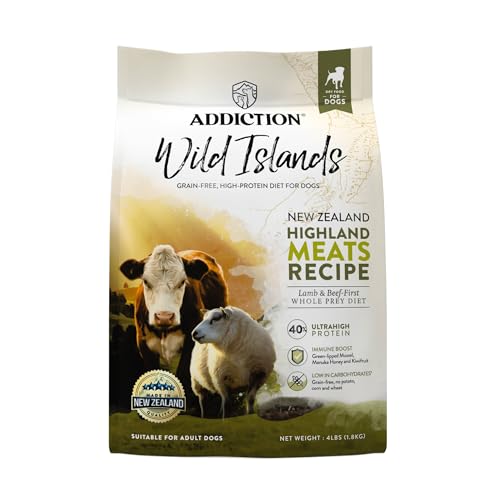

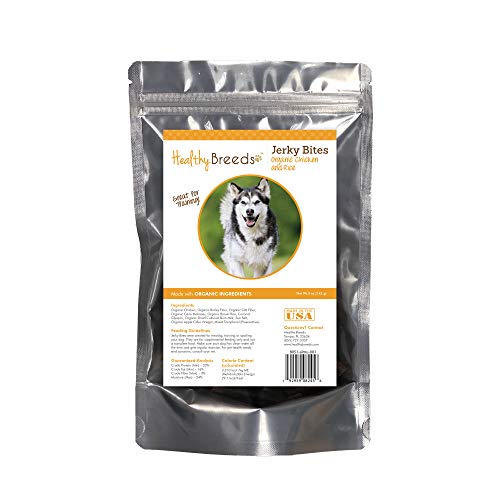

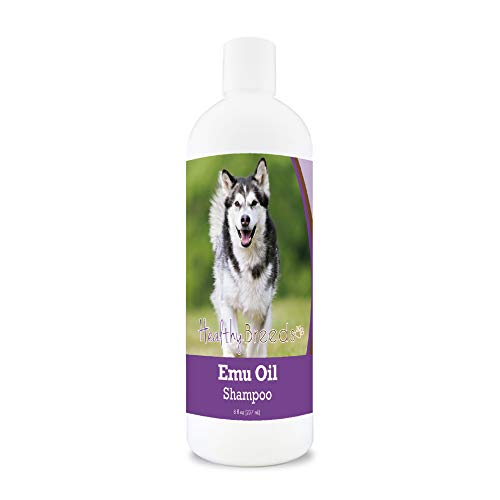
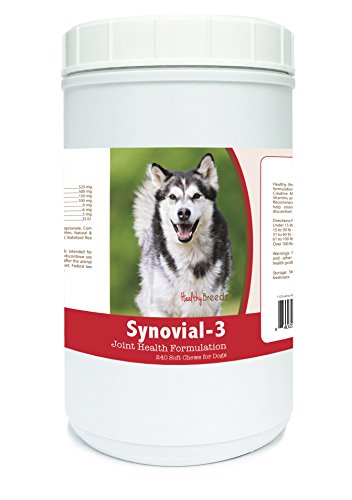
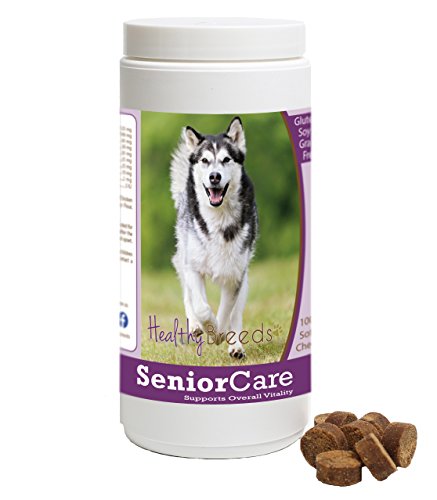
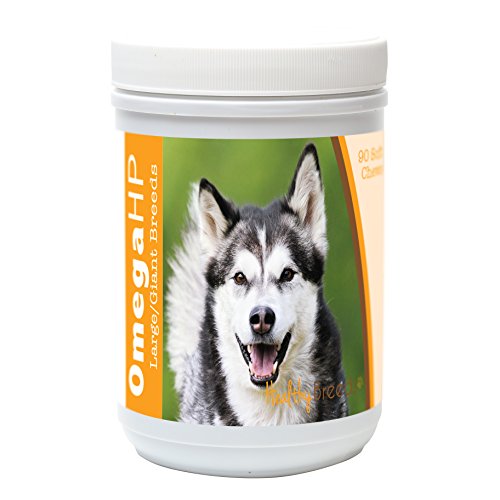
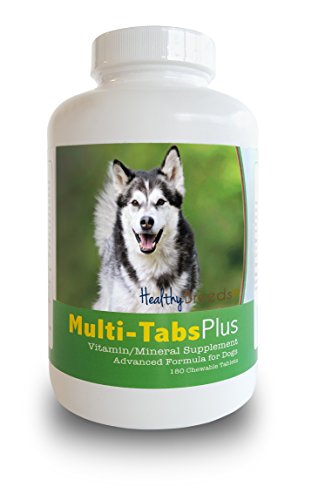
Leave a Reply